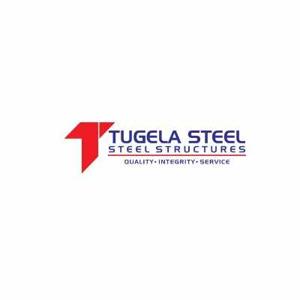Introduction to Modern Construction Trends
In the ever-evolving world of construction, innovation drives efficiency, durability, and sustainability. Among the materials shaping the future of building, steel stands out for its strength and versatility. Across urban and rural landscapes, Steel Frame Building has become a cornerstone of modern architecture, offering solutions that meet the demands of a rapidly growing world. Particularly in commercial settings, steel structures provide unmatched benefits, transforming how businesses design and operate their spaces. This article explores the rise of Commercial Steel Building, the advantages of steel frame construction, and its impact on the future of development, with a focus on its adaptability and enduring appeal.
The Rise of Steel Frame Buildings
The concept of a Steel Frame Building has redefined construction by prioritizing strength without sacrificing design flexibility. Steel’s high tensile strength allows for expansive, open interiors, making it ideal for a variety of structures, from warehouses to office complexes. Unlike traditional materials like wood or concrete, steel frames resist warping, cracking, and environmental degradation, ensuring longevity. In regions prone to extreme weather, such as hurricanes or earthquakes, steel’s resilience provides a critical advantage, safeguarding investments and occupants. The prefabrication of steel components also accelerates construction timelines, as parts are manufactured off-site and assembled with precision. This efficiency has made steel frame construction a preferred choice for developers seeking to balance cost, speed, and quality.
Advantages of Commercial Steel Buildings
When it comes to business infrastructure, Commercial Steel Building offers distinct advantages that align with the needs of modern enterprises. These structures are designed to accommodate large-scale operations, providing ample space for retail, manufacturing, or logistics. The inherent durability of steel ensures that commercial buildings withstand heavy use, reducing maintenance costs over time. Additionally, steel’s non-combustible nature enhances fire safety, a critical consideration for businesses handling valuable inventory or equipment. Energy efficiency is another benefit, as steel buildings can be insulated to minimize heat loss, lowering operational expenses. For businesses aiming to expand, steel structures are easily modified, allowing for seamless additions or reconfigurations without compromising structural integrity.
Customization and Aesthetic Appeal
One of the most compelling aspects of a Steel Frame Building is its ability to blend functionality with aesthetic versatility. Far from the industrial stereotype, modern steel structures can be customized to reflect a business’s identity or a community’s character. Architects leverage steel’s flexibility to create sleek facades, curved designs, or expansive glass integrations that elevate visual appeal. In commercial settings, this adaptability allows Commercial Steel Building projects to cater to diverse industries, from chic retail spaces to robust industrial hubs. Exterior finishes, such as cladding or textured coatings, further enhance the aesthetic, ensuring that steel buildings complement their



Write a comment ...